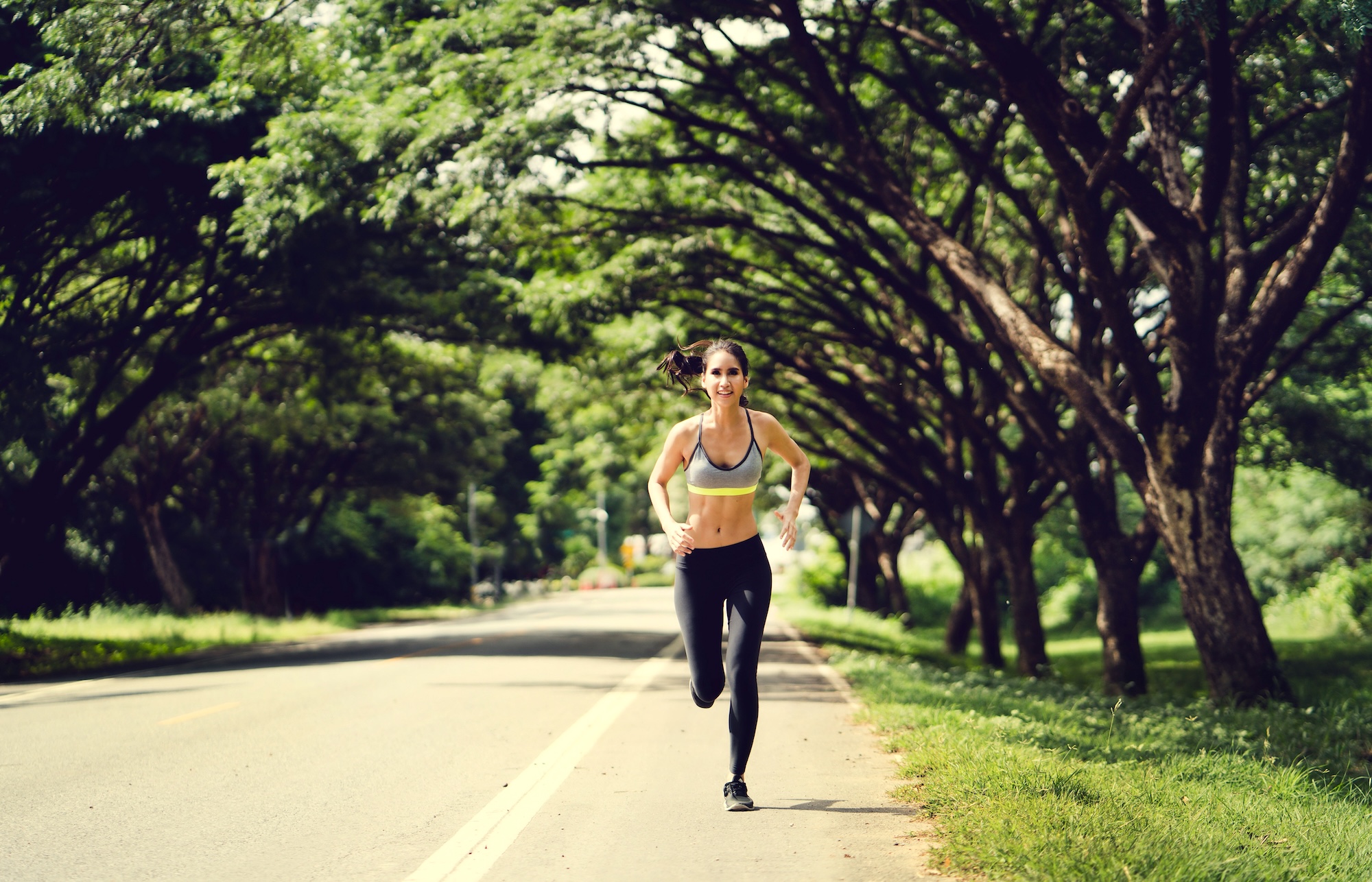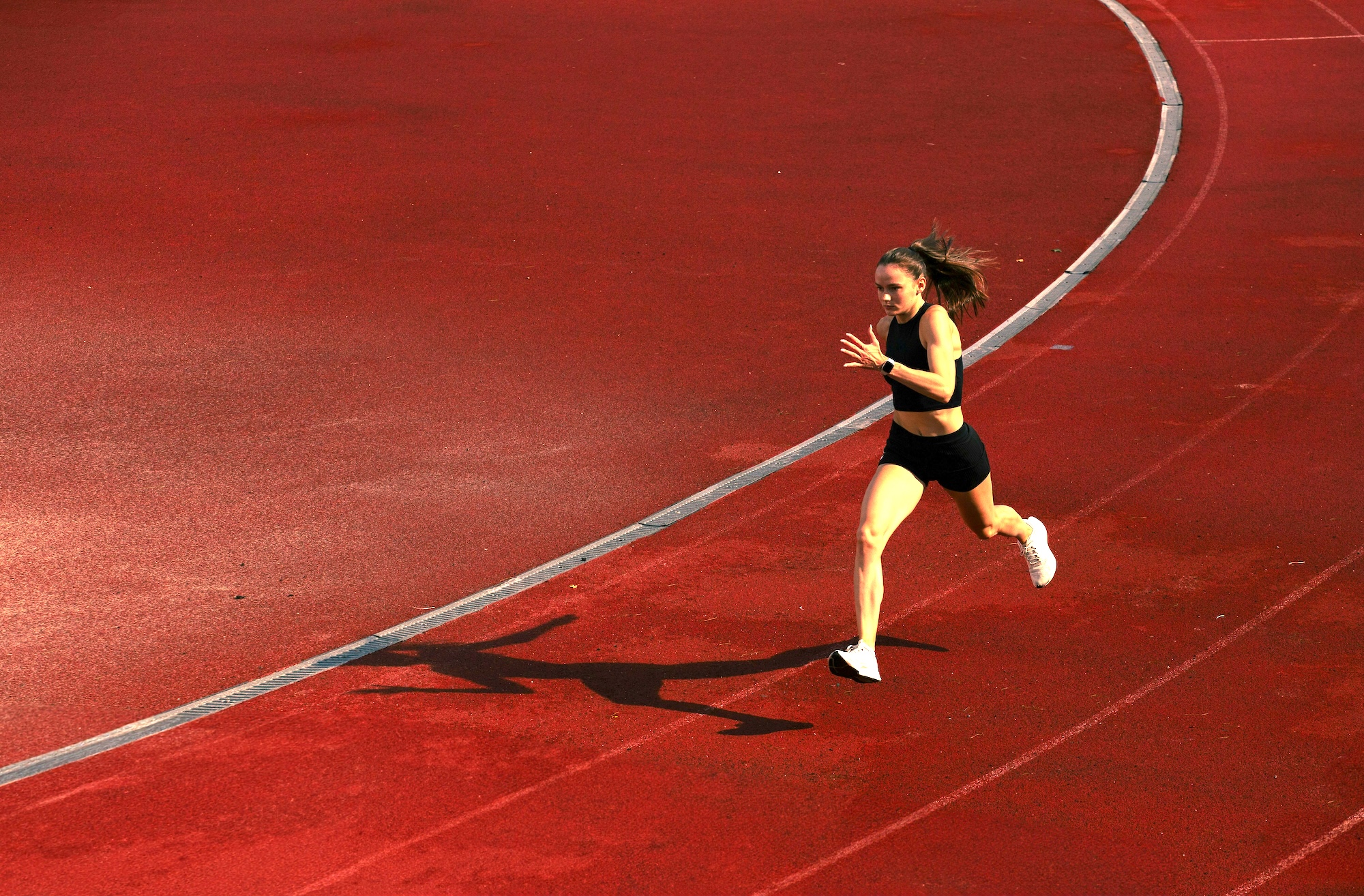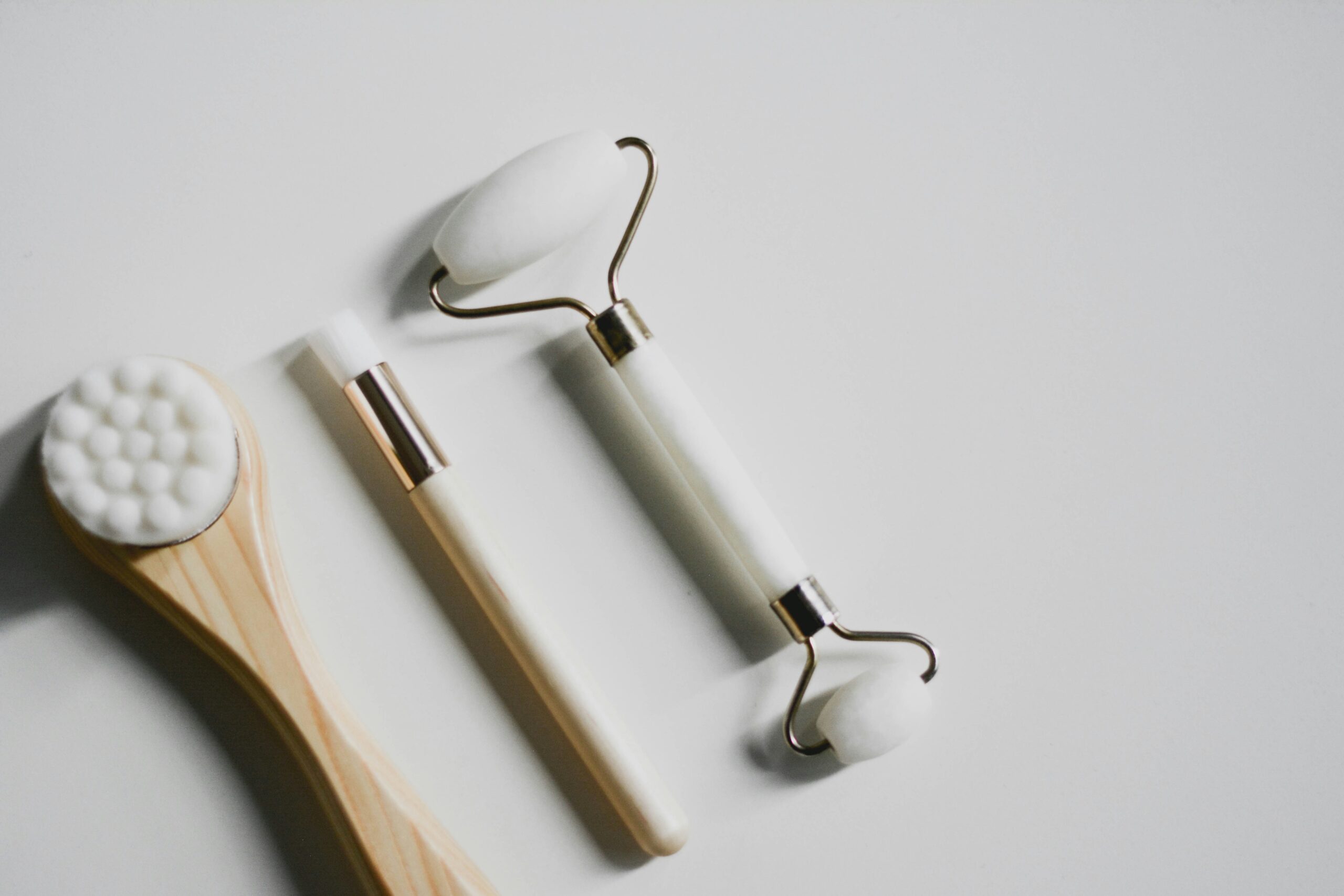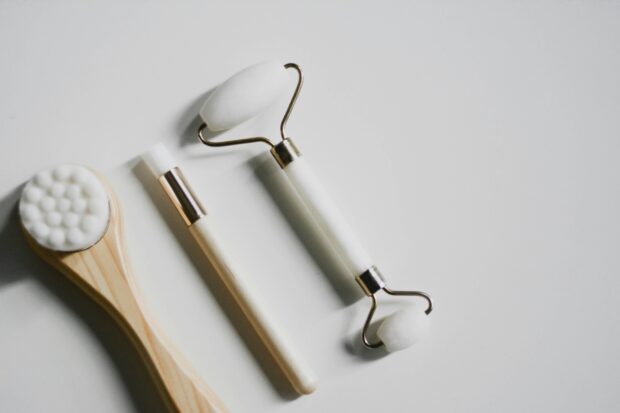Professional insights on heat acclimatization and proper, methodical, and effective heat training
Racing long distances is difficult for a number of reasons. Aside from the sheer volume you have to put in during training, the mental toughness you have to endure, and the amount of nutrition you need to keep an eye on, there are a few overlooked variables that are just as important. One of those variables is heat acclimatization.
When we train for any race, it’s normal for most of our sessions to be shorter than the event itself. Sure, there will be some big days and really long workouts but more often than not, these don’t exceed the actual distance or duration. This is especially true if you’re racing events like a half Ironman, full Ironman, marathon or ultramarathon. Quite frankly, it’s too strenuous, and from a fitness standpoint, not necessary to keep hitting super long workouts unless you’re a professional or naturally have a very high workload to begin with.
Over the past few months, I’ve been using a core body temperature sensor in training and I think this is a game changer in terms of heat acclimatization
From a heat adaptation perspective, our training presents a unique problem. For example, for an Ironman 70.3, you are expected to run 21 kilometers close to noontime. However, in training, most of our long runs start early or late in the morning. This not only means that our environment is cooler, our body is also fresher, our core temperature is lower, and we are less fatigued. Brick workouts help since it involves running after a hard or long bike session but oftentimes, it’s not enough to simulate the heat strain we experience during the race itself.
The solution might seem simple: Do your long runs midday. But this also presents a few problems in itself. For one, if done too aggressively, it can lead to heat stress or other heat-related illnesses. It’s also a bit impractical and very tough to do consistently.
Over the past few months, I’ve been using a core body temperature sensor in training and I think this is a game changer in terms of heat acclimatization. It’s given me a ton of insights with regard to proper, methodical, and effective heat training. Here are a few things I learned:
Do it gradually

Just like training, heat adaptation is a long-term process. We can’t expect to do well in the heat just by exposing our bodies to hot temperatures. Our body needs to be introduced to it gradually and consistently; otherwise, we risk overstressing our body, which can lead to overtraining symptoms, burnout, or other more severe health problems.
Tip: Start by introducing short heat training sessions three to four times a week. This can be as short as 15 minutes long then gradually work your way up to longer durations.
There are different types of heat
Heat can come in multiple forms: sunlight, ambient temperature, and humidity.
Sunlight is often associated with the heat—for good reason. Living in a tropical climate, when the sun is high and there are few clouds, our surroundings get hot really quickly. In simple terms, it’s obviously the main reason why we feel hot. However, sunlight itself is only part of the equation. Extended exposure to such can lead to sunburn but if ambient temperatures are low, it doesn’t affect us as adversely as the latter.

Ambient temperature pertains to how hot the air around us is. Obviously, if the air is hot, we are unable to cool ourselves effectively. On top of that, during exercise, our body’s core temperature rises to feverish levels. Core temperatures of 38.5 to 39 degrees are common, especially if exerting harder efforts. Naturally, if our surroundings are hot, our core temperature rises more aggressively. If we are unable to control this, our performance will drop significantly.
Lastly, humidity is another factor we should keep an eye on. Our body cools itself by sweating. Sweat carries out the heat generated by our muscles. If our sweat doesn’t evaporate, it forms a barrier between our skin and the environment and this prevents proper heat exchange. Staying soaked in sweat (whether on our skin or through our clothes), prevents our body from cooling itself effectively.
High humidity is not conducive to evaporation. This is why we often feel like the air is thick and heavy during such scenarios. This type of heat is usually the most taxing and unbearable type of heat, especially during exercise.
Tip: Protect yourself from the sun by wearing caps or sunscreen but also make sure that your apparel is made of a breathable, sweat-wicking fabric. This will help mitigate the onset of heat stress.
Hydration is key
Our body cools itself in two main ways. First, it dilates capillaries close to our skin. This is like opening windows in our house so that cool air can circulate. Second, it releases sweat. This sweat is like having the air conditioning on. Sweat “carries” heat outside our body; our sweat glands release warm water to keep our bodies cooler. This is in principle, similar to how our air conditioning units use heat exchange to remove hot air from our rooms.
Sweating is by far the most effective way of cooling ourselves. However, for this system to keep going, we need to ingest water regularly
From experience, sweating is by far the most effective way of cooling ourselves. However, for this system to keep going, we need to ingest water regularly. Each person has unique sweat rates but in general, it’s normal to require 600 to 1,300mL of water per hour to stay hydrated. This depends on environmental conditions, the intensity of efforts, size and weight, and even genetics.
One thing to remember is that electrolyte ingestion is also important. When we sweat, we release electrolytes such as sodium. If the fluids we ingest don’t have any electrolytes, we might reach a point in which we don’t have enough electrolytes in our bodies: This is called hyponatremia, which can have adverse health effects. With this in mind, taking in electrolytes during long, intense races and hot conditions is very important. Just like sweating, electrolyte loss is very unique. That’s why we’ve been offering sweat analysis in the lab for several years already. However, as a general rule of thumb, 400 to 600mg of sodium per liter of water is a good place to start.
Tip: Consume around 600 to 1,300mL of water with 400 to 600mg of sodium diluted in it. It differs from person to person though so adjust as necessary or seek the help of a competent coach.
Living in the Philippines, heat is something we have to deal with on a regular basis. It can be crippling if we don’t manage it well. However, if you tick all the boxes right and do so consistently, it’s not that hard to be more resilient in hot conditions.










































